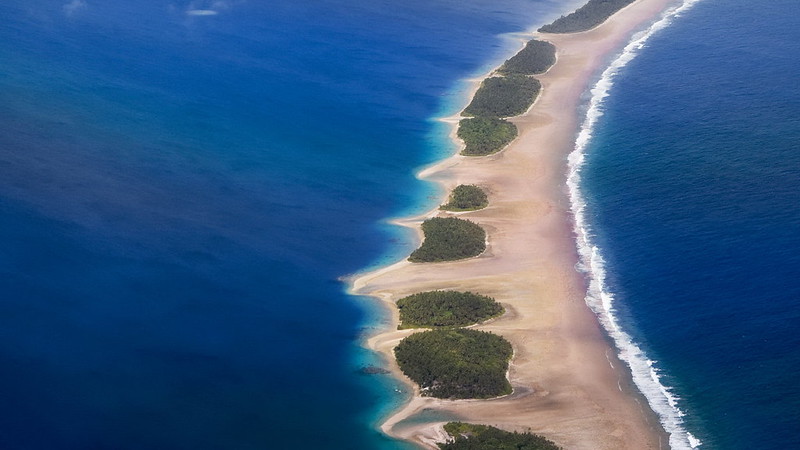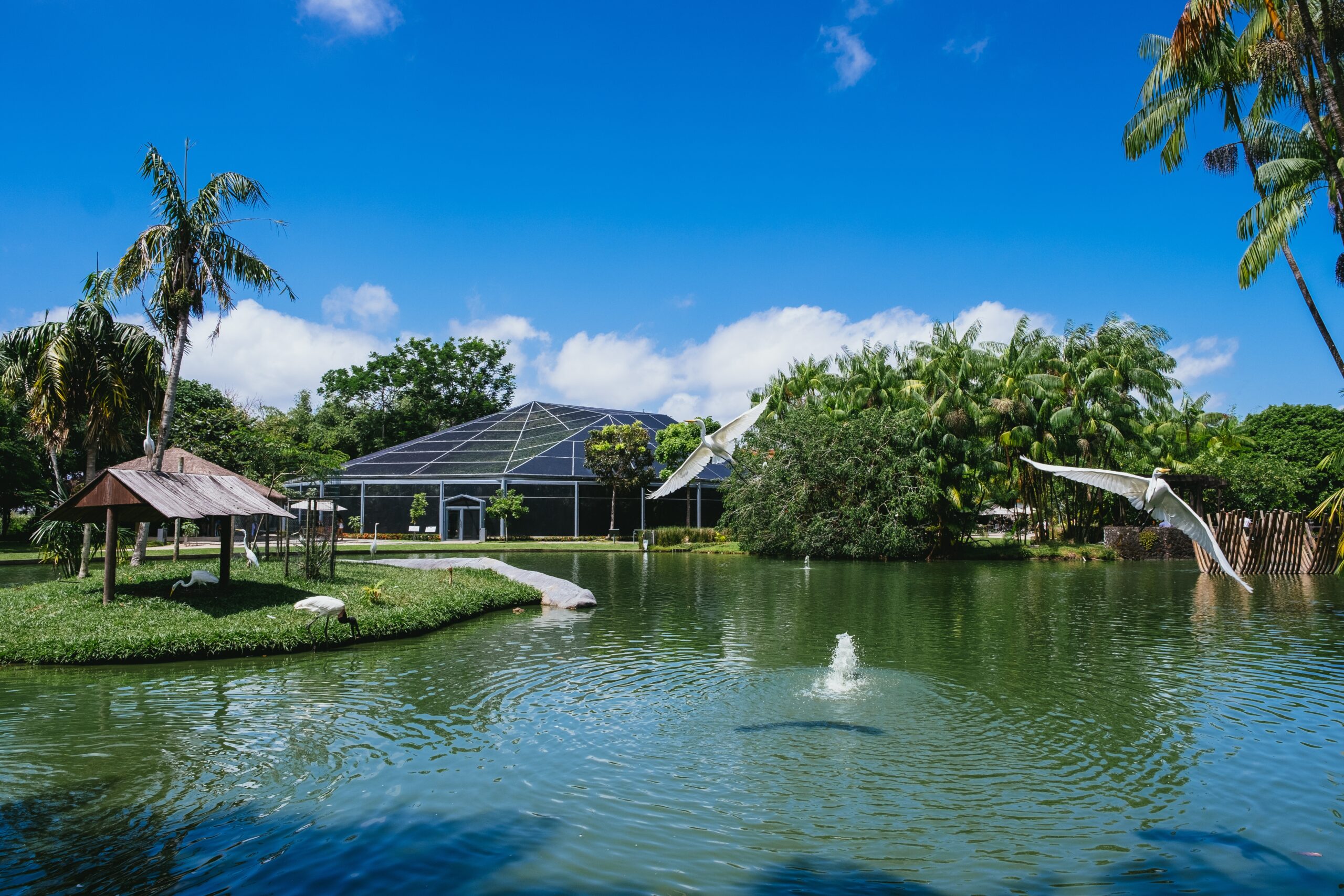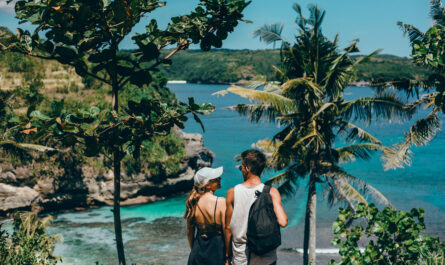Majuro Atoll, the capital of the Republic of the Marshall Islands, is a stunning tropical destination, home to vibrant marine ecosystems and pristine blue waters. Its lagoon, one of the largest in the world, is a haven for marine life, offering a rich and biodiverse habitat that draws visitors and researchers alike. This article explores the natural beauty of Majuro Atoll’s lagoon life, highlighting its coral reefs, marine species, and eco-tourism potential.
1. The Majuro Lagoon: A Natural Wonder
The Majuro Atoll Lagoon stretches over an impressive 295 square kilometers, forming the heart of the atoll’s marine environment. This expansive lagoon is enclosed by 64 coral islands and islets, which protect its calm waters and support a rich variety of marine life. The atoll’s crystal-clear waters, colorful reefs, and secluded beaches make it a paradise for eco-tourists, divers, and marine enthusiasts.
Majuro’s lagoon is renowned for its coral reefs, which thrive in the warm, nutrient-rich waters of the Pacific Ocean. These reefs form the backbone of the lagoon’s ecosystem, supporting a myriad of marine species and acting as a natural barrier against storms and rising seas. Visitors can explore these stunning underwater landscapes by snorkeling or diving, witnessing the vibrant marine life that thrives in these pristine conditions.
2. Coral Reefs: The Foundation of Lagoon Life
Coral reefs in the Majuro Lagoon are home to a diverse array of marine species, including various types of coral, fish, and invertebrates. Healthy coral reefs are essential for the sustainability of the atoll’s ecosystem, as they provide shelter, food, and breeding grounds for a wide range of marine life. The reefs also attract migratory species, making Majuro a hotspot for marine biodiversity.
Snorkeling and diving in the lagoon allow visitors to witness the beauty of the reefs up close. Swimmers can observe a kaleidoscope of corals, from branching staghorn coral to massive brain coral formations. These reefs are also home to reef fish such as parrotfish, triggerfish, and angelfish, along with invertebrates like sea urchins and sea cucumbers.
3. Marine Species of Majuro’s Lagoon
The waters of Majuro Atoll teem with life, making it an excellent location for those interested in marine biology or eco-tourism. The lagoon supports a wide variety of fish species, including both reef and pelagic species. Some of the most commonly sighted creatures include groupers, wrasses, and snappers, which thrive in the coral-rich environment.
Majuro’s lagoon is also home to larger marine animals such as sea turtles and sharks. Visitors may spot green sea turtles and hawksbill turtles swimming gracefully through the clear waters, while blacktip reef sharks and whitetip reef sharks can be found patrolling the reefs. The lagoon’s rich biodiversity makes it an important area for marine research and conservation.
4. Eco-Tourism in Majuro Atoll
Eco-tourism is becoming increasingly popular in Majuro Atoll, as visitors are drawn to the beauty of the lagoon and its abundant marine life. Local operators offer snorkeling, diving, and boat tours that allow tourists to explore the lagoon’s natural wonders responsibly. By promoting eco-friendly activities, Majuro’s tourism industry helps to support local conservation efforts and protect the lagoon’s fragile ecosystems.
Tourists can also visit nearby Arno Atoll, a short boat ride from Majuro, for more untouched coral reefs and marine life. The atolls of the Marshall Islands are considered some of the most unspoiled areas in the Pacific, making them ideal for eco-tourists seeking a pristine natural environment.
5. Challenges and Conservation Efforts
While the lagoon’s beauty is undeniable, Majuro Atoll faces several environmental challenges, including coral bleaching, overfishing, and the impacts of climate change. Rising sea levels and increasing ocean temperatures are threatening the atoll’s coral reefs and marine life, leading to concerted efforts to protect and preserve these valuable ecosystems.
Local and international organizations are working to implement sustainable fishing practices and promote marine conservation initiatives in Majuro. By supporting conservation programs, eco-tourists can contribute to the protection of the lagoon’s biodiversity and ensure that future generations can continue to enjoy its natural beauty.
Conclusion: A Lagoon of Endless Wonders
Majuro Atoll’s lagoon is a breathtaking example of the natural beauty and biodiversity of the Marshall Islands. With its rich coral reefs, vibrant marine life, and opportunities for eco-tourism, the lagoon offers endless possibilities for exploration and adventure. As conservation efforts continue to protect this delicate ecosystem, visitors to Majuro can experience a unique and pristine underwater world, making the atoll a must-visit destination for marine enthusiasts and nature lovers.



